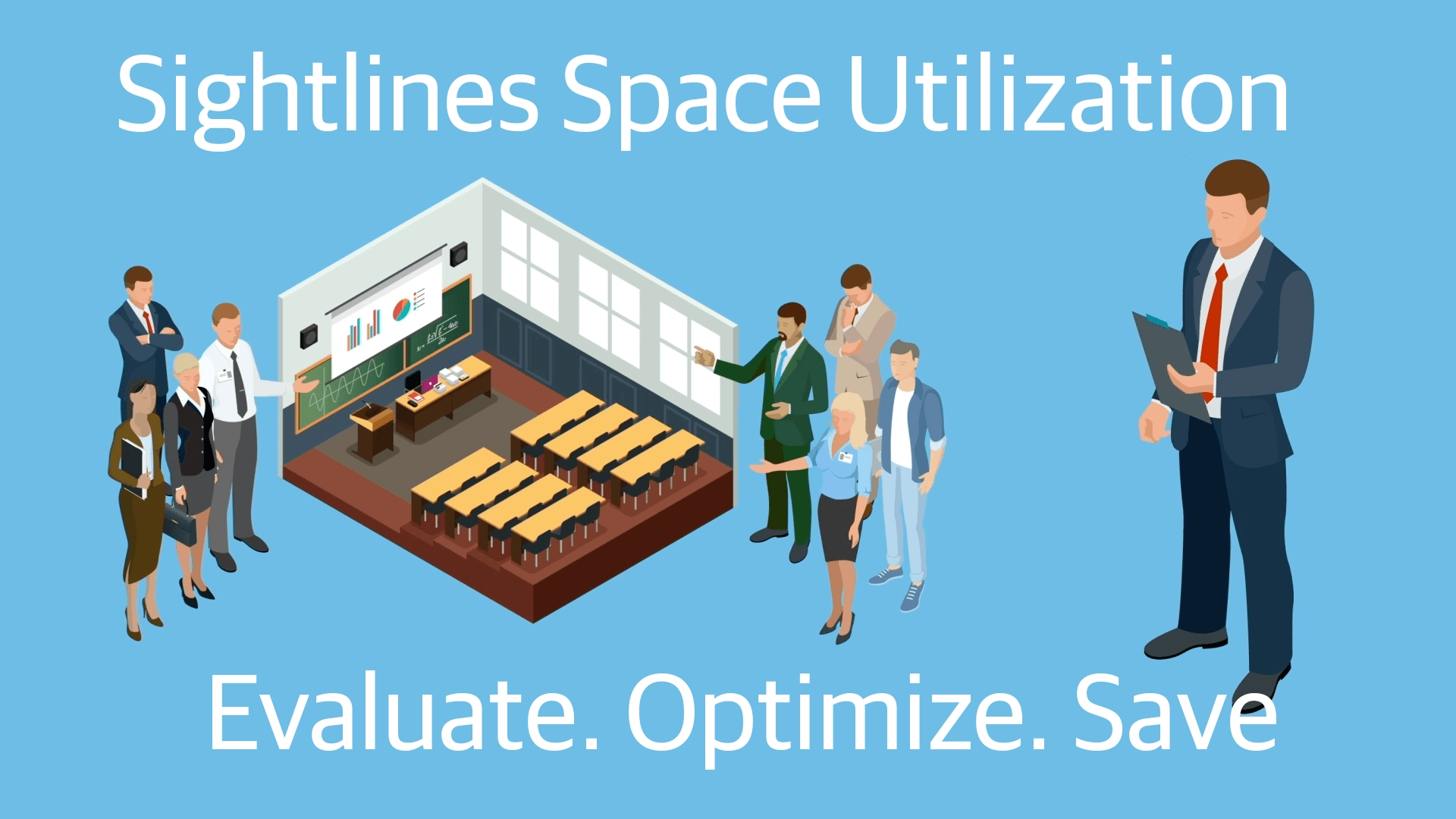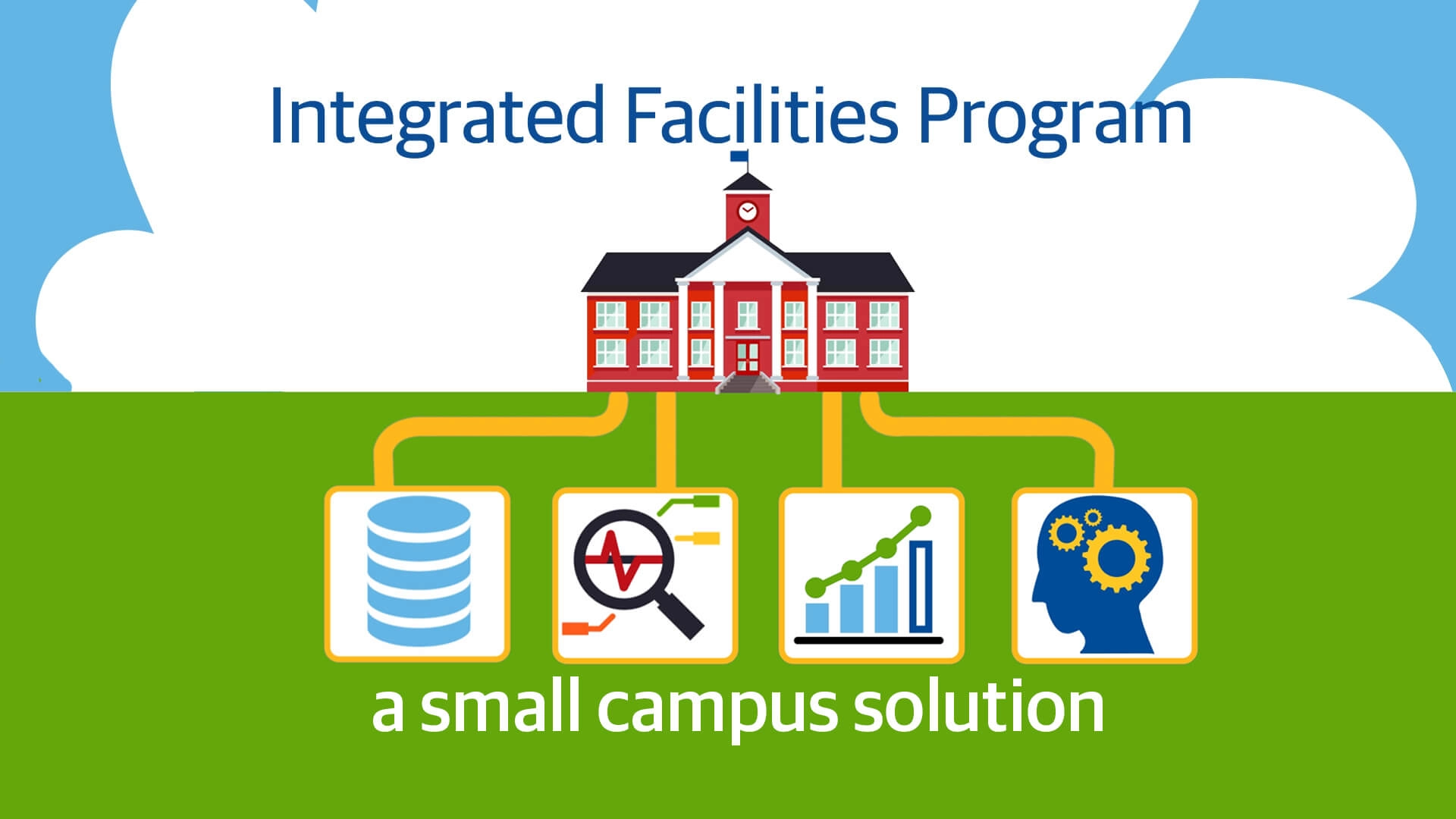Building Flexibility into Long-Term Capital Planning
October 16, 2020
Given the unpredictability of the American economy, finance officers with large facilities portfolios are learning to value flexibility. It’s a sound risk avoidance strategy. Large-scale plans can lose validity or funding at a moment’s notice, so it’s wise for finance officers to create margin for adjustment in their long-term plans, space to ensure that financial investments are consistent with short-term realities. But that margin doesn’t exist without concerted and collaborative efforts by facilities and finance officers to build flexibility into their regular long-term capital planning processes.
Monitor Long-Term Plans and Adjust Them Frequently
An idea attributed to many historical figures is that no battle goes according to plan, but no war is won without one. Structured, long-term construction plans are needed, they’ll inevitably require more nurturing over time. Finance officers may find it effective to revisit their capital plans as frequently as every 12 months to take a lay of the land. This ongoing review helps planning teams address current conditions, discuss external and internal influences that may affect the current plan and build multiple contingency plans so they are ready when the proverbial shoe drops.
Creating multiple contingencies doesn’t mean finance officers only plan for what happens if things go bad and then get worse. They should plan for the best-case-scenarios, too, so they can put plans in place quickly once market conditions are right.
Want more details about what you can do to create a framework for successful long-term capital planning? Download our free guide, “From Data to Action: 5 Steps to Creating a Sustainable Capital Plan.”
Keep an Eye Out for Volatility
Volatility comes for everyone. Last year’s tariffs on steel are a prime example: Organizations did not see them coming but once they were announced, adjustments had to be made. I come from the world of higher education, and in that world, nothing is more important to watch than enrollment volatility. Recent awareness of impending demographic challenges offer a bleak and current example of potential enrollment volatility that college and university finance officers must be aware of when developing long-term plans.
According to the CDC, in 2018 the nation experienced its lowest fertility rate in history and the lowest number of births in 32 years. In fact, the past ten years have seen the longest period of decline in birth rate since the end of the Baby Boom. Higher ed leaders are looking at those statistics and planning ahead for 2026, when the number of traditional college-aged students will fall sharply, quickly and for a sustained amount of time.
Schools have to leave enough space in their plans to prepare for the worst-case-scenario and the best one. But it’s not only higher education that needs to keep their antenna up for volatility; planning teams in all fields need to be aware of their vulnerabilities as well, so they can build flexibility into their capital plans.
Like colleges and universities, healthcare systems may need to keep an eye on changing demographic patterns so they can deliver the care their patients seek. The arrival of the Baby Boomer population entering its later years has been on people’s minds for a long time, but it isn’t playing out the same way in Maine as it is in Arizona. In the public arena, volatility may be found in tax revenue fluctuations or community preferences. No matter the organization, finance officers need to be clear-eyed about changing conditions that will impact their long-term plans so they are ready to deploy the appropriate countermeasures.
Reimagine and Reallocate Existing Space
Focusing on how (and whether) existing spaces are typically used reveals that it isn’t necessary to meet critical functions with new construction. Finance officers would do well to regularly examine their spaces not for what they are, but for what they could be. For example, what was once fixed office space may be reoriented into technology labs and other innovation spaces where people can do creative or research work.
Technology and improved HVAC systems can make once underutilized storage space into comfortable meeting rooms. Through regular space assessments, leaders may find that even minor renovations can vastly improve both building and program performance, thus creating financial flexibility.
Be Ready for (Almost) Anything with Flexible Long-Term Capital Planning
If any finance officers are reading this and feeling overwhelmed, take heart: It is not possible to plan for every eventuality. After all, who truly understood the impact of WIFI, the Internet of Things or could even imagine the impact of the smart phone 20 years ago? But you can make some arrangements today to put solutions into action tomorrow. And once those arrangements are in place, it’s important to examine those protections on a regular schedule as they too may be subject to change.
The truth is, long-term capital planning is as much an art as it is a science. Short-term volatility will always throw long-term projections off course, if only temporarily. But with flexible long-term capital planning that accounts for best- and worst-case scenarios and includes frequent adjustments, finance officers can prepare their facilities portfolios to thrive under difficult circumstances and ideal economic conditions alike.
Share this:





